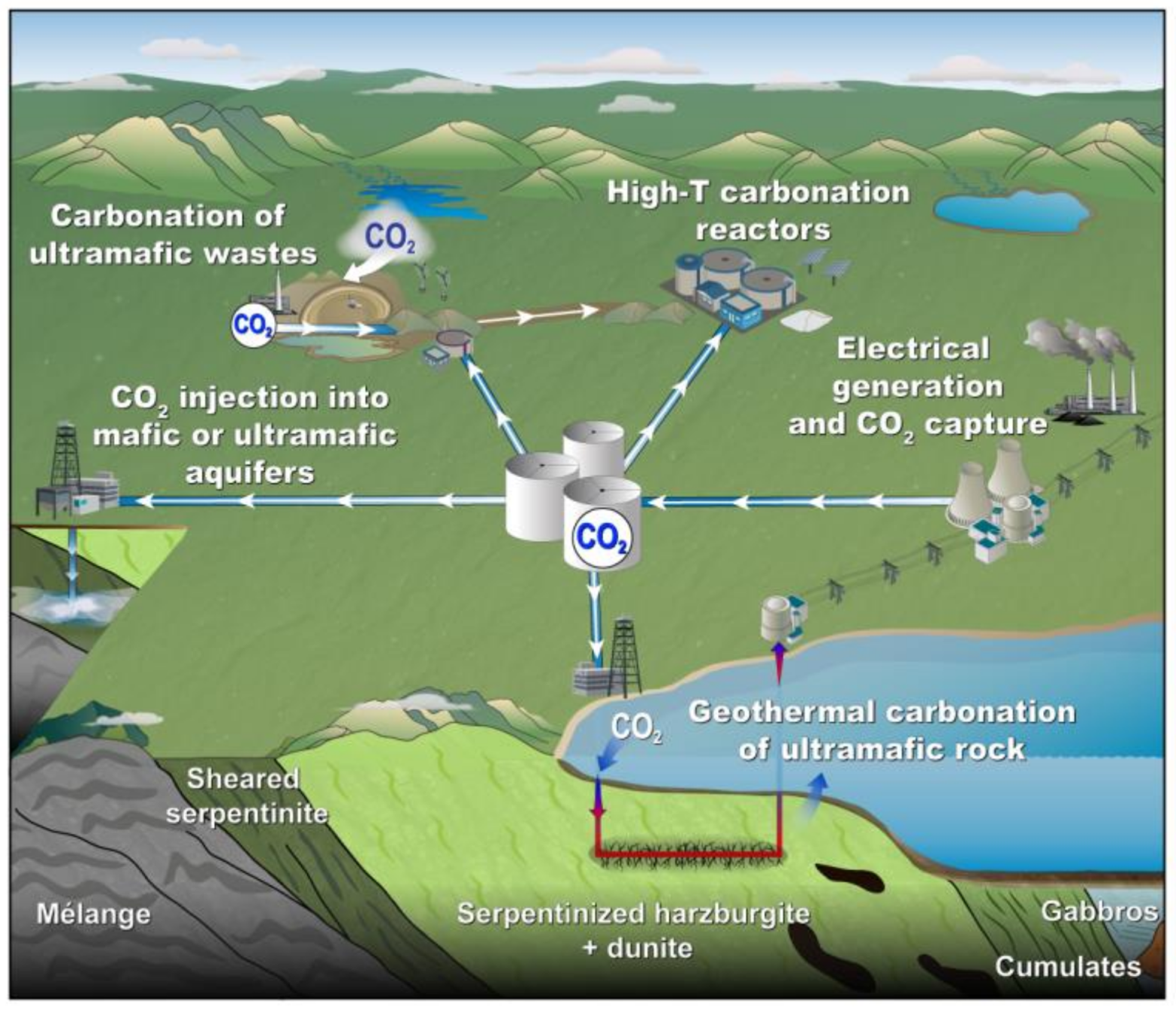A successful Resources for Future Generations conference in Vancouver and a session on Innovations in Tailings Management. Thanks to al the speakers and really enjoyed al the talks!
View from inside the Vancouver Convention Centre.
A successful Resources for Future Generations conference in Vancouver and a session on Innovations in Tailings Management. Thanks to al the speakers and really enjoyed al the talks!

View from inside the Vancouver Convention Centre.
After all the sampling at the Venetia mine, our team had time to relax and do some sightseeing, which included interacting with elephants, lion cubs and a full grown cheetah. We spent two productive days at the Cullinan Diamond Mine, which has been operating for more than a century. This underground mine is nearly 1 km deep and we were able to see where they were currently mining. We also spent time sampling their mine wastes in an effort to determine the extent of CO2 mineralization at the mine. A very exciting experience and one that will lead to equally exciting research! Great thanks to our host, Anton, Francois, and all the mine staff for the opportunity, assistance, and hospitality.
Heading out to the tailings storage facility.
Yesterday, our sampling team including Sasha Wilson (University of Alberta) and Gord Southam (University of Queensland) got onto the tailings facility to sample fine tailings, waters, and biofilms. Sasha, Amanda and I along with a mine site geologist sampled to a depth of 5 metres! These samples will give us a great idea of the spatial heterogeneity that exists within the tailings.
Working at a mine requires patience. The mine staff are great, but there’s numerous procedures to follow and paperwork to fill out. These hurdles are all worth the effort for gaining access to a world class mine. Safety is a top priority and all our sampling must be done with safety in mind. Tomorrow we’ll have an opportunity to meet mine staff and start sampling!
On our off day, we had a great opportunity to visit the Sterkfontein Caves at the Cradle of Humankind. The caves were the site of numerous hominid fossil finds, and also have excellent examples of flowstone. Our group is now heading to Musina, a small town near the mine site that we’ll be conducting fieldwork and sampling.
Animals and early hominids fell through holes like this one, down into caves where their remains were preserved for future generations to find and study.
Ian and Amanda are heading to South Africa for fieldwork. They’ll be visiting the Venetia mine to collect samples of kimberlite, tailings and water. These samples will be asssessed for their potential to sequester carbons dioxide and will be used in laboratory experiments. Looking forward to a successful field campaign!
New publication by Li, Hitch, Power and Pan on how to integrate various mineral carbonation strategies into mining operations. Published in Minerals.

Mineral carbonation technologies (modified from Power et al., 2013)
Excited to have setup my new coulometer for measuring inorganic carbon in solids and waters! #CO2 #UIC #carbon #carbonate
This instrument will be used to study CO2 mineralization in mine wastes and natural systems. The inorganic carbon is measured by reaction with acid and essentially being titrated. Now it's time to get out into the field this summer and do some sampling!
Coulometer from UIC
Had a fantastic opportunity to give a seminar in the Department of Earth Sciences at Western University where I did my B.Sc. and Ph.D. Thanks to Robbie Flemming and Phil McCausland for the invitation and hospitality. The topic of my seminar was "Magnesium carbonates: Deposition, diagnosis, rates and implications for carbon storage.

Present and past Western Earth Sciences mugs.
Seeking applications for three postdoctoral positions in environmental geochemistry/biogeochemistry at Trent University, The University of British Columbia, the University of Alberta. See full advertisement here.
